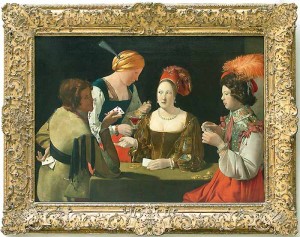| Medalist | MRID | Birth | FirstP | Publications | C/P |
|---|---|---|---|---|---|
| Okounkov | 351622 | 1969 | 1994 | 65 cited 1181 times by 560 authors | 18.2 |
| Perelman | 229939 | 1966 | 1985 | 25 cited 285 times by 157 authors | 11.4 |
| Tao | 361755 | 1975 | 1996 | 205 cited 3594 times by 1486 authors | 17.5 |
| Werner | 324091 | 1968 | 1992 | 66 cited 879 times by 276 authors | 13.3 |
| Lindenstrauss | 605709 | 1970 | 1995 | 40 cited 339 times by 227 authors | 8.5 |
| Ngo | 623054 | 1972 | 1997 | 18 cited 117 times by 67 authors | 6.5 |
| Smirnov | 343260 | 1970 | 1994 | 27 cited 309 times by 188 authors | 11.4 |
| Villani | 602357 | 1973 | 1995 | 75 cited 1659 times by 681 authors | 22.1 |
Data source: AMS MathSciNet (May 2011). Have you heard about the Peter Principle?

On mathscinet, as far as I know, the winner for C/P, with P >5 seems to be Gromov with C=6006 and P=125. For C the winner seems to be P.L. Lions with C=11282. For P, S. Albeverio is maybe not too far from the prize with P=681.
Yes. For the extremes, there is also Erdos with P=1417 and Shelah with P=887 for instance. However, the aim of the given table was just to make apparent the great differences among the recent Fields medalists... rather than listing extremes!
You get a somewhat different picture of Perelman if you look at scholar.google.com. His three papers on the arxiv have 895, 471, and 261 citations respectively. Of course, google scholar is counting many more papers than mathscinet.